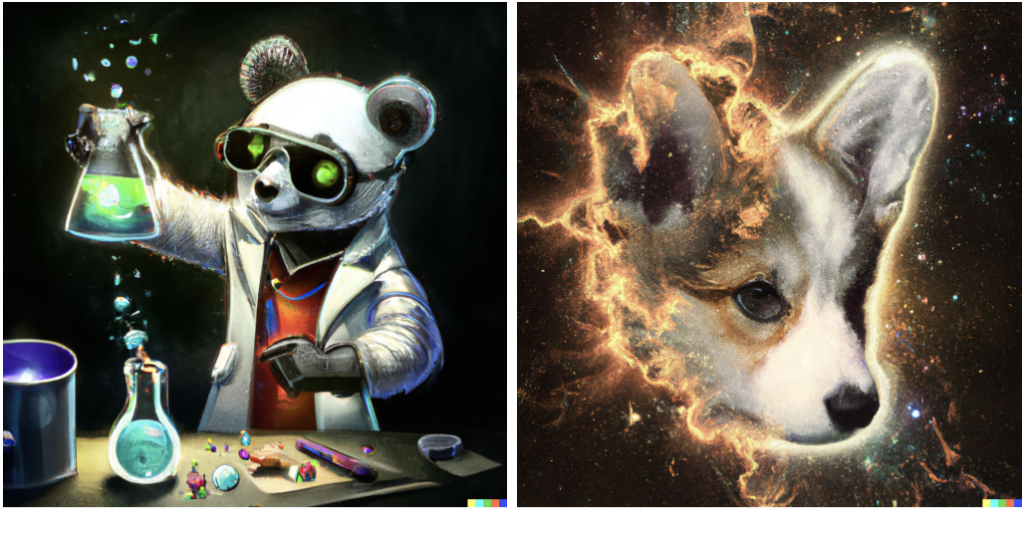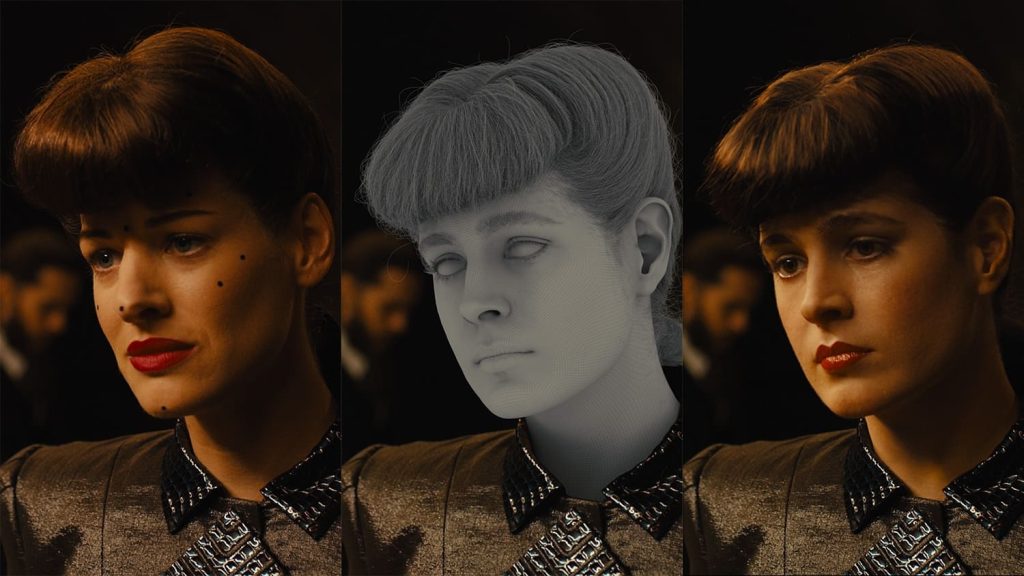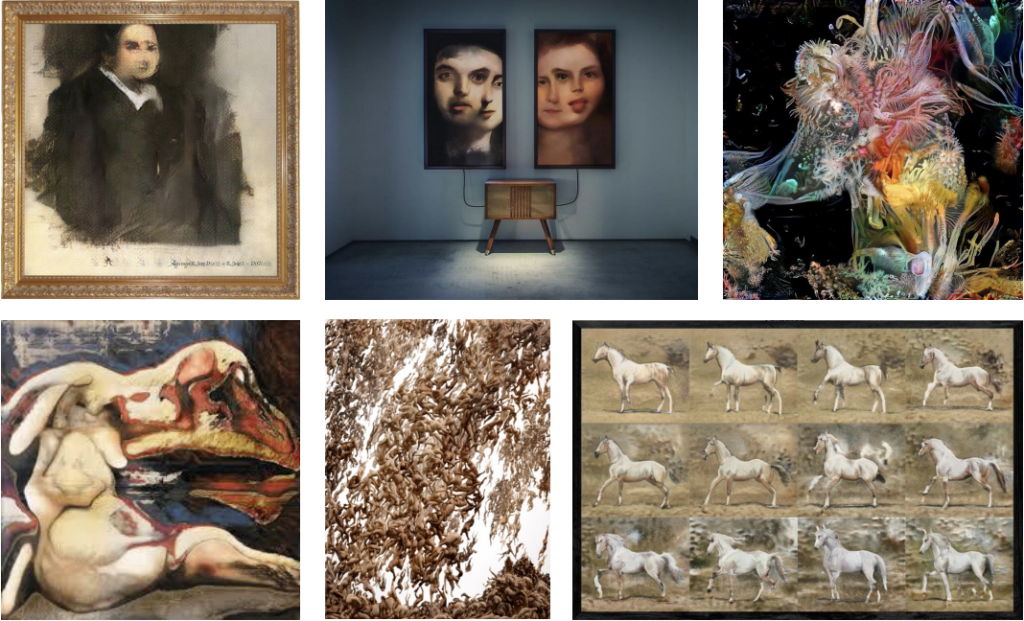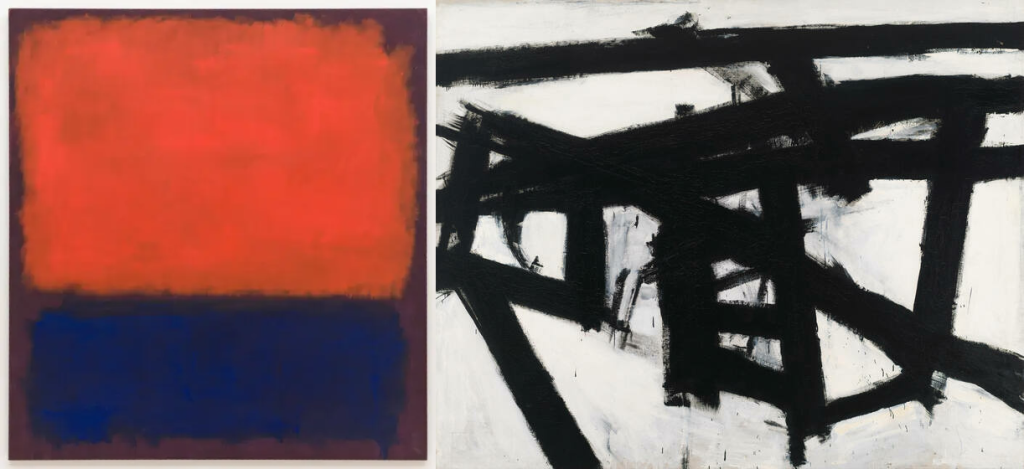“Is this art truly alive?”
Seth Godin
This question, once a philosophical musing, is becoming increasingly relevant in today’s world. As we stand on the cusp of a technological revolution, where AI-driven creations are not just imitating but enhancing human artistry, we find ourselves at a crossroads between conserving traditional art and innovating to pave new artistic pathways for the future.
A new age in the field of creativity has been brought about by the development of complex AI models and the launch of cutting-edge generative AI technologies like Dall·E 2, Midjourney or Stable Diffusion. Today, these algorithms are capable of producing literary, musical, and artistic creations that are at least comparable to works created by humans.

Source: Harvard Business Review

artstation a corgi’s head depicted as an explosion of a nebula
Source: Hierarchical Text-Conditional
Image Generation with CLIP Latents
For many, this technological breakthrough causes deep-seated anxiety. It goes beyond concerns about intellectual property rights and the possibility of employment losses in the creative sectors. Deeper than that, the issue touches on the basic legitimacy of our products and experiences. This uneasiness is not new; it is reminiscent of feelings conveyed in both modern and classical literature, from the digital dystopias of Black Mirror to the bizarre realms of Franz Kafka. These stories frequently show a future in which technology blurs reality, causing people to lose touch with what it is to be truly human.
Perks Unveiled
Nevertheless, these concerns, while understandable, might fail to consider the larger context. For instance, in the context of “Blade Runner 2049,” AI was instrumental in enhancing the film’s narrative through its CGI, creating characters and environments that meshed the tactile with the virtual. The technology allowed for a revival of characters from the original film, showcasing how AI can extend an actor’s performance beyond the natural limits of time and space, thus enriching the cinematic experience without sacrificing the authenticity that anchors human storytelling.

The juxtaposed images reveal the sophisticated interplay between human performance and AI-rendered CGI. On the left, we observe the nuanced subtleties of the actress’s expression, imbued with raw emotion. The central image strips down to the technical core, a wireframe digital sculpture that forms the basis of the transformation. Completing the sequence on the right is the fully realized CGI character, a harmonious fusion of artistry and programming that reimagines the actress’s essence in a virtual form.
In the realm of visual arts, AI is not just replicating existing styles but also helping artists to venture into uncharted artistic territories. AI programs can amalgamate elements from diverse art movements to create novel visual aesthetics, which artists can then refine and personalize. This symbiosis of human and machine creativity is leading to the emergence of new art forms, combining the emotional depth of human expression with the computational power of AI.

Examples of AI art
Source: Understanding and Creating Art with AI: Review and Outlook
Furthermore, the fashion industry is also witnessing a transformative impact as artificial intelligence continues to emerge as a powerful force within its landscape. Based on McKinsey’s analysis, it is estimated that generative AI has the potential to contribute a figure of up to $275 billion, to the operating profits of the apparel, fashion, and luxury sectors within the next three to five years. Foundation models and generative AI impact various stages of the value chain. In merchandising and product development, these technologies transform sketches into high-fidelity designs and collaborate with AI agents to generate creative options. Customization reaches new heights with personalized products tailored for individual consumers at scale. Digital commerce sees improvements in sales descriptions, personalized online experiences, and virtual product try-ons. Store operations are optimized with AI-generated layouts and real-time monitoring. Overall, the integration of AI enhances efficiency and personalization in fashion, offering innovative solutions from design to retail.
Our mobile-first body scanning and measuring technology provides accurate data-driven size and fit recommendations and photorealistic virtual try-on to help optimize processes, reduce returns while boosting sales, and increasing shopping confidence.
Our ultimate goal is to enable forward-thinking companies to provide a superior personalized customer experience, enhance business processes, and shift to more sustainable business models while boosting long-term customer loyalty.
Vadim Rogovskiy
CEO & Co-Founder of 3DLOOK

Real-life use of AI art
In the context of creating the poster, AI proved to be exceptionally useful. We had a very specific concept in mind, aiming to incorporate a Van Gogh-style painting accompanied by a dialogue bubble in which the painter admits to being AI-generated. We believed this would spark controversy and get a certain conversation going, which ended up being the case.
Current Pitfalls
While the collaboration between human creativity and AI technologies presents exciting opportunities, we should be careful of its impacts and not use it blindly.
As AI algorithms produce increasingly sophisticated artworks, questions of authorship, ownership, and ethical implications become paramount. The lack of formal acknowledgment for the creators of the AI models and codes, as highlighted in the “Portrait of Edmond Belamy” case, poses ethical questions about the fair recognition of contributions in the art-making process. The artwork was portrayed in an auction as the result of autonomous generation by an AI system. However, the individuals who developed that system did not receive any formal recognition. Still, the issue goes even deeper as the piece has faced criticism because it was created using a software package based on prior research by individuals not affiliated with Obvious, the organization that produced it, leading to allegations that Obvious contributed minimally to the final work product.

A generative adversarial network (GAN) portrait painting constructed in 2018 by Paris-based arts-collective Obvious
Furthermore, this issue extends beyond individual artworks to the broader field of AI art. It is crucial to establish ethical guidelines and standards for acknowledging the human contributions involved, including the developers of the AI models, the authors of the underlying code, and the teams responsible for maintaining and updating the technology.
Another aspect worth mentioning is the presence of copyrighted images in the databases used to train the AI image generators. Illustrators, like Harry Woodgate, complain that: “These programs rely entirely on the pirated intellectual property of countless working artists, photographers, illustrators and other rights holders.” Therefore, it is important to have complete transparency regarding the specific datasets used for training and the decision-making processes within the algorithms.
Food for thought
While dogs on spaceships and elephants drinking coffee are nice, AI’s impact on art cannot be put on the same pedestal as that of traditional painters. Prompt-generated creations, taking mere seconds to minutes, are certainly fascinating, as seen in software like DALL·E 2 or Stable Diffusion. However, they are extensions rather than replacements for art. It would be naive and shortsighted to put the same value to prompt creations and masterpieces like Rembrand’t Night Watch or Miró’s Farm in art auctions.
In contrast, it seems more evident to compare this so-called “prompt art” to other modern works, such as those by abstract expressionists like Mark Rothko or Frantz Kline. This type of modern art appears to align more closely with AI-generated art since it seems to be (at least at first glance) more effortless and less detailed, in comparison with Rembrandt’s works. What is certain is that both prompt and modern art have sparked certain controversies among the general public. And at the end of the day, perhaps this is the essence of art, whether we choose to like it or not.

With regards to AI art’s role in society, for now, it cannot replace traditional art. We can portray it as a subgenre of art, but it’s important to recognize its limitations, as it can oversimplify the creative process. AI outputs lack the technique and human touch found in traditional art, becoming repetitive in style and lacking the emotional depth, nuance, and context that define true artistic expression. Whether one asks for a Rembrandt or Miró style painting through a prompt, a visit to the museum is still the more appropriate choice when one wants to get inspiration or deepen their understanding of artistic history.


